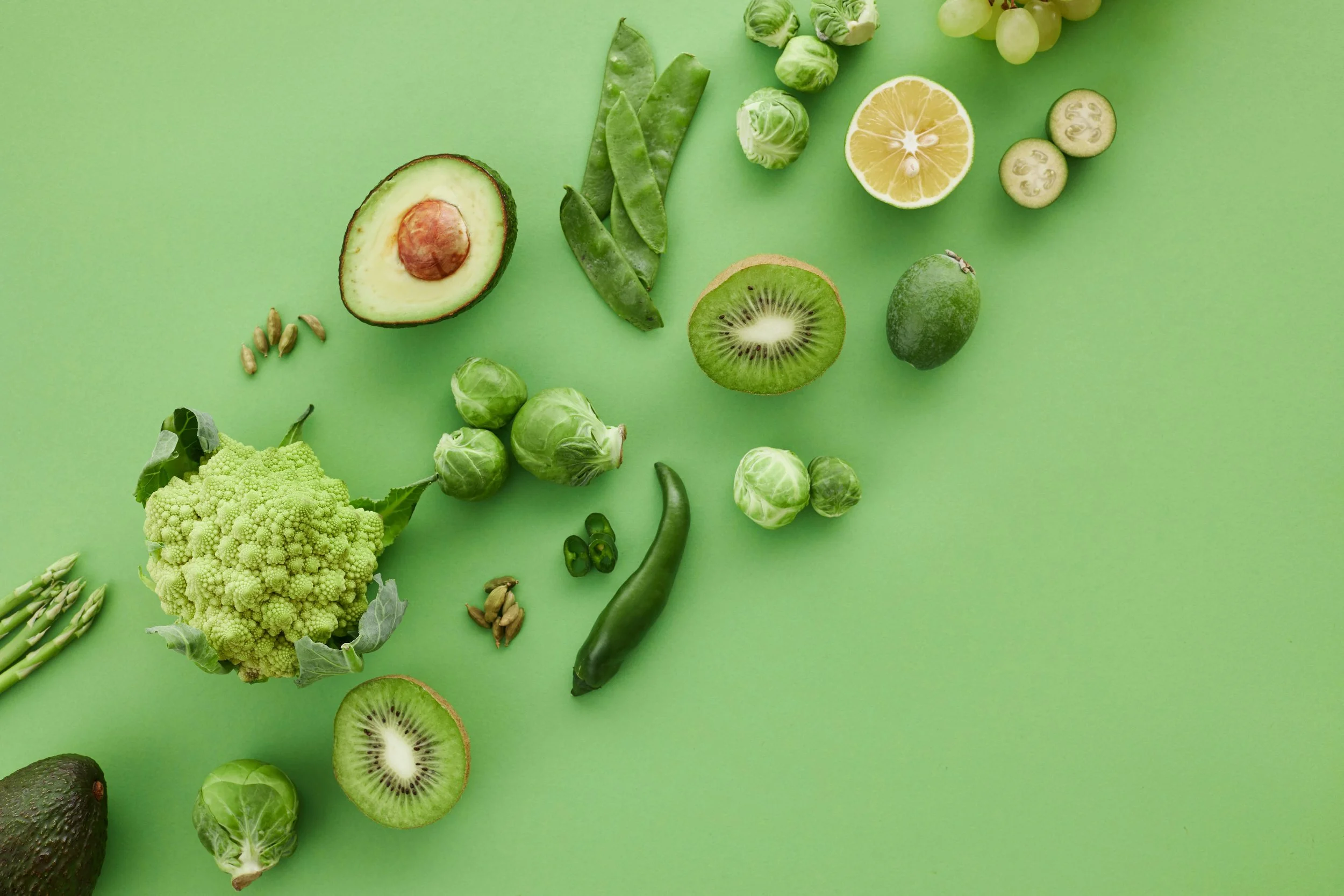Ginger is a great source of vitamin C, magnesium, potassium, copper and manganese. It's also widely studied for its medicinal benefits, including aiding nausea and vomiting, relieving the pain of osteoarthritis, and possibly a factor in treating heart disease. Of course, it's also delicious in all sorts of dishes and versatile. Try it using one of the techniques below.
1. Make sauces, dressings and dips all perk up with the addition of ginger. For a simple dipping or marinating sauce, add minced ginger to soy sauce. For a salad dressing upgrade, stir a bit of minced ginger to an otherwise plain vinaigrette.
2. Combine it with red miso and tahini in this colorful Kale Salad with Ginger Miso Dressing
3. Enhance flavor. This Ginger Beurre Blanc Sauce would nicely flavor any seafood or chicken, for starters.
4. Add it to grain dishes and mashed sweet potatoes.
5. Spruce up a simple stir fry with beef, chicken, or veggies. In this Grilled Tofu with Cilantro Ginger Pesto, ginger combines with cilantro.
6. Add fruit. Apples, pears and other fruit are delicious when seasoned with ginger. Sprinkle minced ginger on top of the fruit before baking or cook the fruit in gingered butter until softened.
7. Pickle it. Pickled Ginger is great for cleansing the palate or a light snack. This version is easy to make and, unlike many commercial varieties, uses no food dyes.
8. Add it to sweets. Dried and ground ginger performs well in desserts, like spice cookies, carrot cakes, or pumpkin and apple pie fillings.
9. Stir into cream cheese for spreading on fruit bread.
10. Serve it with curry. Offer tasty little bites alongside curried dishes.














